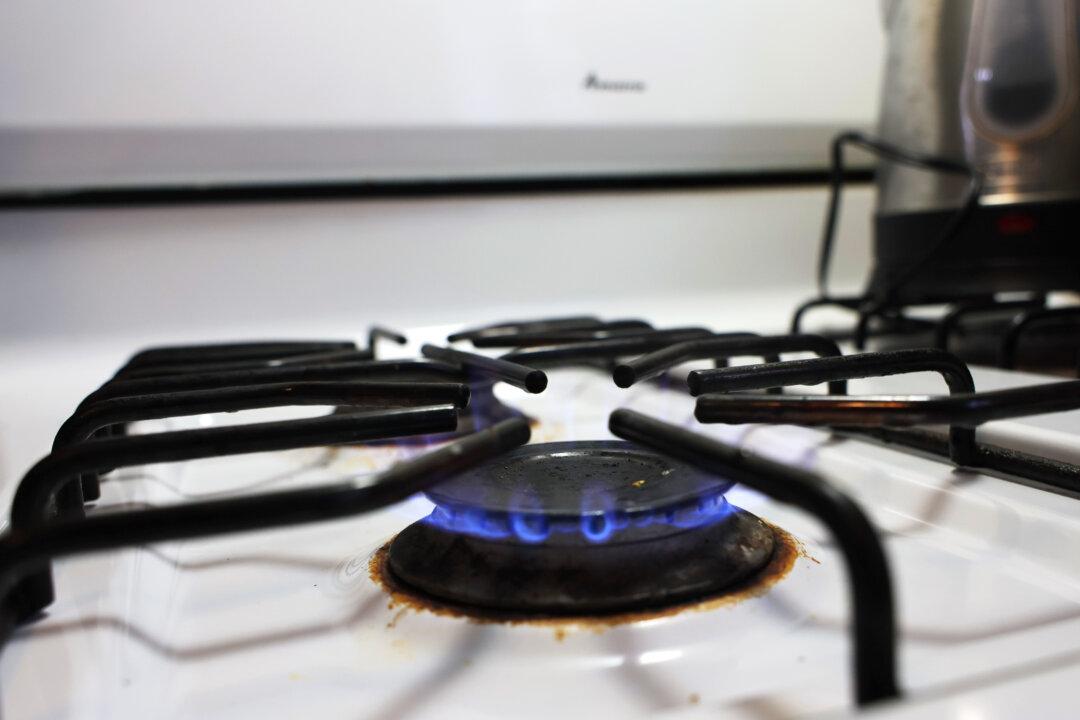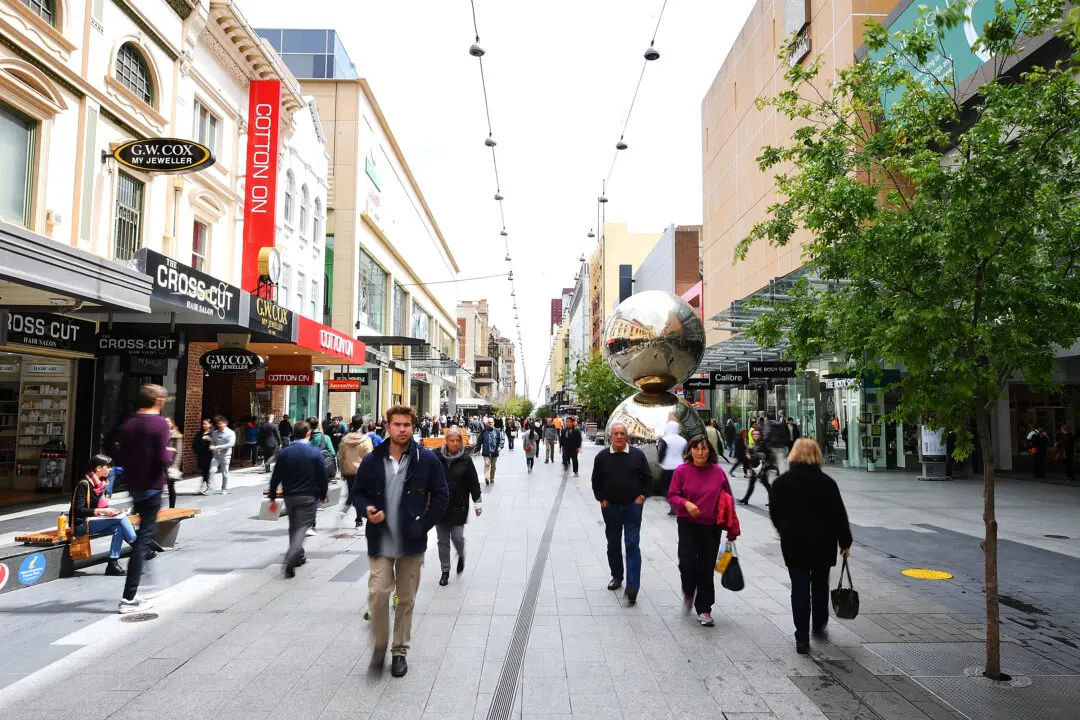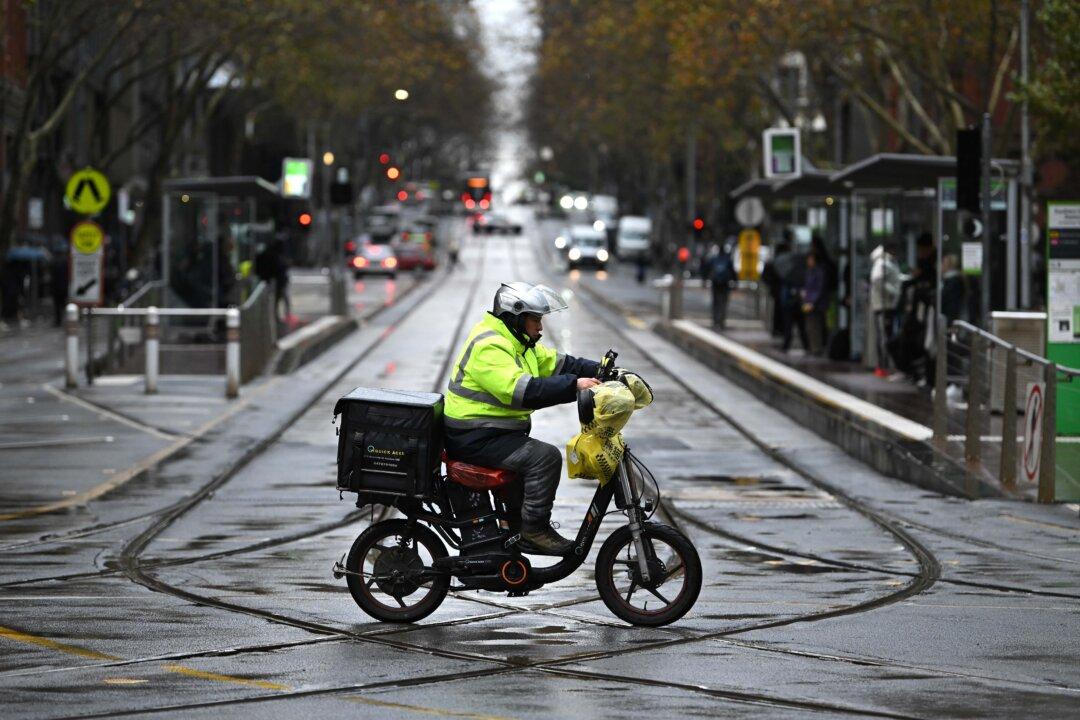Australian Energy Market Operator (AEMO) is predicting gas supply shortages into the future, mostly in the southern states.
The report warns of the risk of shortages on extreme peak demand days from 2025, small supply gaps from 2026, and greater supply gaps from 2028.





